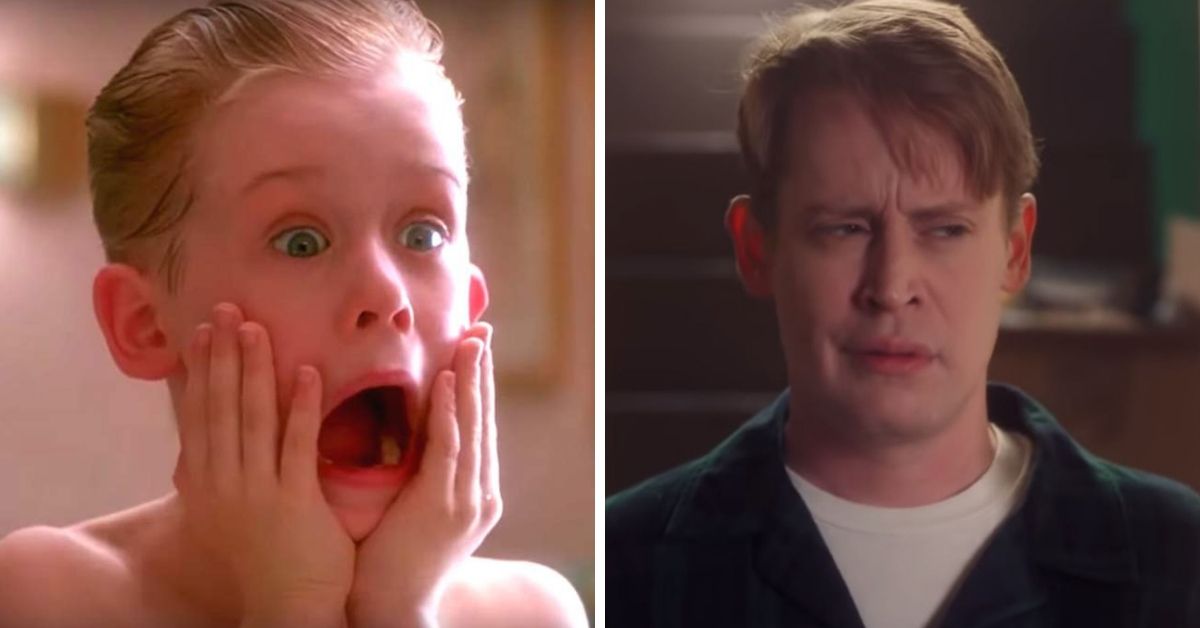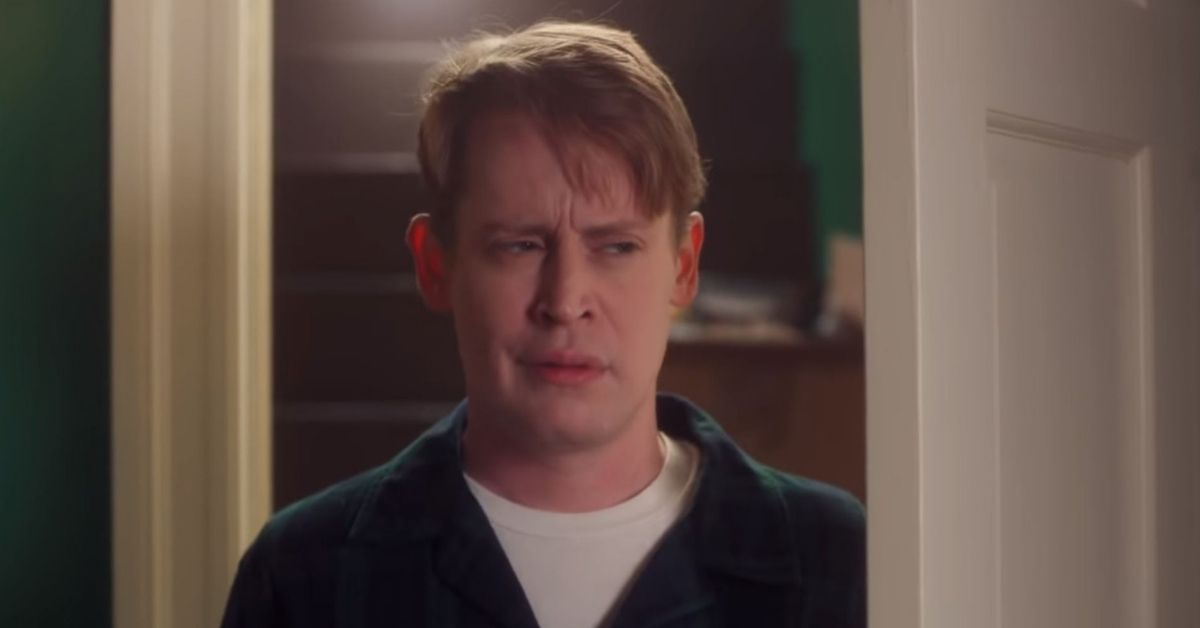
Pop Culture | Movies | 80s
7 Secrets From The Set Of 'Willow' That'll Make You Love The Classic Even More

The first time we all watched Willow when we were kids, we suddenly realized just how amazing the fantasy genre could be. It took us on a crazy adventure that we will never forget, but there's a lot that went on behind the scenes that we didn't know about.
Willow became a classic, and people still love it to this day, but so much went into the making of it, that it deserves even more credit than it gets.
1. George Lucas wrote the movie for Warwick Davis

Lucas met Davis on the set of Return of the Jedi when Davis was playing the role of Wicket. Apparently the idea for Willow had been in his mind for years and years, but he just couldn't get it finished. However when he met Davis, he was inspired.
Later Davis revealed that they spoke about it while filming the Star Wars movie.
“George just simply said that he had this idea, and he was writing this story, with me in mind. He didn't say at that time that it was going to be called Willow. He said, 'It's not for quite yet; it's for a few years ahead, when Warwick is a bit older.'"
Five years after filming Return of the Jedi they teamed back up to film Willow.
2. Warwick Davis had to learn a lot to make the movie believable

While it's normal for people to have to learn a few things when they make a movie, Davis had a lot on his plate. First of all, he was playing a father while he was only 17, so he had to learn a lot about how to deal with kids.
Second of all, he had to learn how to ride a horse. It's not an impossible task but it's not easy to make it look natural.
He also had to learn how to perform some basic magic tricks and also how to fight with a sword, all while learning his lines as the main character of the movie.
3. It may have been the first time Davis wasn't hidden by a mask, but he did have one prop on him

Every other movie that Davis had been in completely hid his face with a large mask or prosthetic, but this time he was able use his own face. But they did have to make one alteration.
His hair was supposed to be long and curly, which his was not, so he had to wear a wig for the movie. Much less of a process than the costumes though!
4. The baby also had a wig

Little Elora's curls were not her own, which is fair because not a lot of babies have hair like that. But the problem was that they couldn't use the wig glue because it was too harsh for the little ones head.
Apparently they used syrup to hold the tiny hair pieces on. I'm sure that was a sticky mess to clean up after the fact, but at least it didn't hurt the babies heads!
5. Because the movie didn't perform as well as they wanted to the sequels were cancelled
Just like Lucas's other famous works, Willow was supposed to be a series. But because the movie didn't bring in the big bucks, the studio decided to scrap the other movies.
Instead, Lucas decided to write the stories as novels, so he teamed up with author Chris Claremont to create another three stories that pick up 13 years after the movie. It's all about Elora who is 13 now, and apparently is having some trouble. But maybe they will finally get to explore these stories with the new movies they are planning.
6. The effects were groundbreaking

Willow's magic was tricky to animate because back in the 80s it wasn't like it was always being done. They developed the process of "morphing" for this movie. The visual effects supervisor, Dennis Muren, has explained the technique before.
“The way things had been up till that time, if a character had to change at some way from a dog into a person or something like that it could be done with a series of mechanical props.
"You would have to cut away to a person watching it, and then cut back to another prop which is pushing the ears out, for example, so it didn't look fake ... we shot five different pieces of film, of a goat, an ostrich, a tiger, a tortoise, and a woman and had one actually change into the shape of the other one without having to cut away.
"The technique is much more realistic because the cuts are done for dramatic reasons, rather than to stop it from looking bad.”
7. The death dogs were actually real dogs

They used Rottweilers outfitted with rubber masks to film the scenes where the dogs were running, and then they had an animatronic mask that they could film the close up scenes with.
Those dogs would have had to have been so calm to let a big mask like that get stuck on their head, but I guess it's all in a days work for actor dogs!
The movie managed to become a classic that we have all loved for decades now, and we are all anxious to see what they have cooking up for us with this new movie.
Warwick Davis has had an amazing career since he first came on the scene, but you probably didn't even recognize him in half of his roles.




